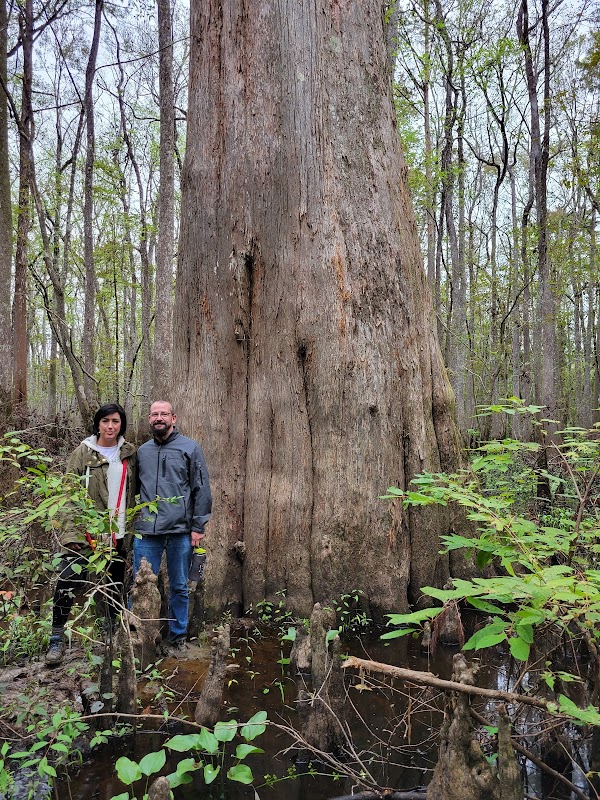Alabama’s inshore waters offer a rich and spirited catch-and-release fishing experience filled with snook, redfish, and trout. This guide provides practical insights to optimize your time on Mobile Bay and nearby estuaries, balancing thrill with responsibility.
Study Tide Charts for Mobile Bay
Fish move dramatically with tides. Plan your fishing trips around incoming or outgoing tides to target feeding fish pockets in shallows and channels.
Use Barbless Hooks
Simplify hook removal to minimize injury to fish—barbless hooks speed release and increase survival chances.
Bring Polarized Sunglasses
They cut water glare to reveal fish silhouettes and underwater structure, enhancing both safety and catch success.
Respect Sensitive Habitats
Avoid trampling marsh grass and oyster beds when wading or launching boats. These are critical fish nurseries and water filters.
Mastering Inshore Catch-and-Release in Alabama’s Scenic Waters

Blazer Bay -3 Hour Inshore Catch and Release
Catch and Release Afternoon Trip - starting at $450
Join Reel Addiction Fishing Charters in Pensacola for a 3-hour inshore catch and release adventure. Perfect for busy schedules, it offers genuine excitement and eco-friendly fishing in Florida's vibrant waters. Read on to learn what makes this trip stand out.
Alabama’s inshore waters offer a dynamic playground for anglers keen on catch-and-release fishing, where shallow bays, estuaries, and tidal creeks challenge you to read water and respect fragile ecosystems. The saltwater and brackish waters around Mobile Bay and the Gulf Shores are alive, daring you to outwit snook, redfish, and spotted trout that dart beneath mangroves and oyster beds.
To optimize your catch-and-release practice in these settings, start with a keen understanding of the fish behavior and the environment’s quirks. Early mornings or late afternoons are prime, when low light lures fish into shallows. Equip yourself with lightweight tackle—fluorocarbon leaders paired with finesse lures or live bait give you feel, and reduce stress on the fish.
Handling fish carefully is crucial here. Alabama’s inshore species are resilient but sensitive to prolonged air exposure and rough handling. Use barbless hooks to speed up hook removal, and keep fish in the water as much as possible. An angler-friendly net with knotless mesh respects the fish’s protective slime coat.
Tides dictate success: as water ebbs or floods, fish move between cover spots and feeding areas. Understanding local tide charts for Mobile Bay will improve your timing and reduce wasted casts. Meanwhile, currents push mud and nutrients around, creating pockets where prey gather—these zones concentrate target fish, rewarding patient anglers.
Environmental care is part of the equation. Alabama’s coast is a patchwork of wetlands that filter water and protect shorelines from storms. Avoid trampling delicate habitats—launch and retrieve boats from designated ramps, and never discard fishing line or tackle. Catch-and-release only works if the ecosystem thrives.
Bring hydration and sun protection since hours on the water under the southern sun can wear down even the most enthusiastic anglers. Protective clothing, polarized sunglasses, and a wide-brim hat will help you stay focused and sharp.
The excitement in Alabama’s inshore waters grows from the interplay of strategy and nature’s unpredictability. Respect the fish as active, fiercely resilient players—always ready to dart back to safety. Your challenge: to match their energy with skill and care, leaving these scenic waters vibrant and full for the next cast.
Nearby Trips
All Adventures
Boat Charters
Water Activities
Adventures near Mobile
Discover the unique and memorable adventures that make Mobile special.
Frequently Asked Questions
What species are most commonly caught in Alabama's inshore waters during catch-and-release?
Anglers frequently encounter spotted trout, redfish, and snook in Alabama’s tidal creeks and estuaries. These species are well-adapted to shallow salt and brackish water environments around Mobile Bay and Gulf Shores.
How can I minimize harm to fish during catch-and-release?
Use barbless hooks, handle fish gently with wet hands or a knotless net, minimize air exposure by keeping fish in water during release, and follow local regulations to ensure fish populations thrive.
Are there any specific regulations to follow in Alabama inshore waters?
Yes, Alabama enforces seasonal and size limits on species like redfish and speckled trout to protect spawning populations. Always check the current Alabama Department of Conservation and Natural Resources guidelines before fishing.
When is the optimal time of day to fish inshore waters for catch-and-release?
Early mornings and late afternoons offer lower light conditions, when fish actively feed near shore. This timing also helps avoid the peak heat of the day, improving comfort and fish behavior.
What are good launch spots for inshore fishing in Alabama?
Boat ramps around Mobile Bay, especially near Theodore and Dauphin Island, provide easy access. Kayak launches at Little Lagoon and Bon Secour Bay are popular for shallow water angling close to habitat-rich areas.
How do tides impact inshore fishing locations?
Tides move fish between the deeper water and shallow feeding zones. Flood tides draw fish into marsh edges, oyster beds, and creeks, while ebb tides encourage them to retreat. Matching fishing times to tidal changes is critical.
Recommended Gear
Lightweight Spinning Rod (7-8ft)
Provides sensitivity and maneuverability needed for subtle strikes in shallow, complex waters.
Barbless Hooks
Ensures gentle hook removal to protect fish and sustain populations.
Polarized Sunglasses
Reduces glare and enhances underwater visibility during bright daylight hours.
Hydration Pack
Keeps you hydrated on extended casts under Alabama’s Southern sun.
Local Insights
Hidden Gems
- "Fowl River marsh creeks often overlooked but teeming with feeding redfish in early spring."
- "The secluded oyster bars near Dauphin Island provide prime catch zones during low tide."
Wildlife
- "Ospreys and bald eagles commonly hunt above water, signaling active schools of baitfish."
- "Rare sightings of Atlantic ghost crabs along sandy shorelines add an intriguing wilderness element."
History
"Mobile Bay has long supported coastal Native American and French colonial fisheries, with traditions that still influence fishing culture today."
